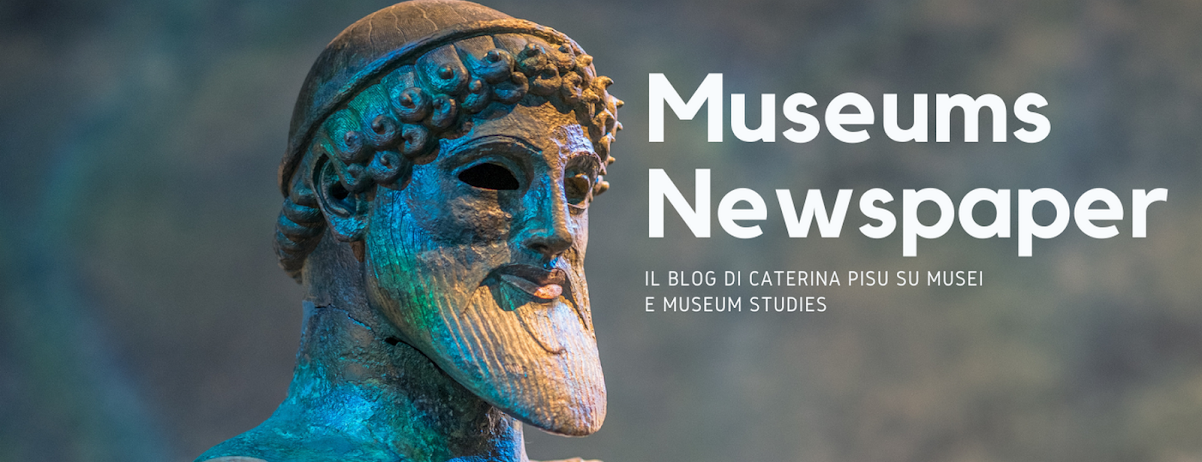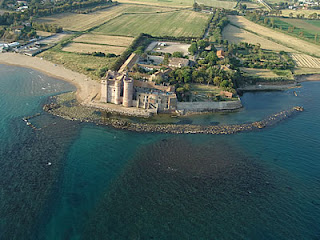Il documentario animato presentato al Museo archeologico fiorentino. E' il più grande cratere attico a figure nere esistente al mondo
di GAIA RAU
Uno dei reperti più importanti della storia dell'archeologia diventa un cartoon, destinato ad adulti e bambini. E' "Il Vaso François, il mito dipinto", dvd didattico presentato lunedì al Museo archeologico fiorentino e dedicato al suo pezzo forte: il più grande cratere attico a figure nere esistente al mondo (66 centimetri di altezza per 180 di circonferenza), rinvenuto a Chiusi nel 1845 dall'archeologo Alessandro François, di cui ha ereditato il nome, e oggi ammirato da migliaia di visitatori.
Il video, della durata di 43 minuti, mescola la tecnica classica del documentario a quella, innovativa, dell'animazione in 3D. Accompagnate da una voce fuori campo, le figure dipinte sul vaso si staccano dallo sfondo per diventare personaggi animati come quelli di un cartone, dando ai miti raccontati, a cominciare da quello delle nozze di Peleo e Teti, la veste di un film di animazione.
Il progetto, realizzato da Techvision Sistemi Multimediali srl in collaborazione con Mibac e Soprintendenza ai beni architettonici della Toscana, è stato ideato dalla direttrice del museo, Giuseppina Carlotta Cianferoni, che spiega: "Si tratta di un prodotto innovativo per comunicare meglio l'archeologia. Il Vaso François con le sue figure rappresenta una sorta di 'summa' della mitologia greca. Realizzato probabilmente su commissione per un grande signore etrusco dal vasaio Ergotimos e dal pittore Kleitias, che vi hanno lasciato la loro firma, il suo scopo era quello di trasmettere la conoscenza dei miti ai contemporanei. Lo stesso obiettivo che ha oggi il nostro documentario".
Il dvd sarà acquistabile dai prossimi giorni nei bookshop del museo di piazza Santissima Annunziata e dei principali musei archeologici italiani oltre che nelle edicole e librerie fiorentine. Prossimamente, inoltre, verrà diviso in capitoli e proiettato nella sala del Vaso grazie a un apposito totem.
Il video, della durata di 43 minuti, mescola la tecnica classica del documentario a quella, innovativa, dell'animazione in 3D. Accompagnate da una voce fuori campo, le figure dipinte sul vaso si staccano dallo sfondo per diventare personaggi animati come quelli di un cartone, dando ai miti raccontati, a cominciare da quello delle nozze di Peleo e Teti, la veste di un film di animazione.
Il progetto, realizzato da Techvision Sistemi Multimediali srl in collaborazione con Mibac e Soprintendenza ai beni architettonici della Toscana, è stato ideato dalla direttrice del museo, Giuseppina Carlotta Cianferoni, che spiega: "Si tratta di un prodotto innovativo per comunicare meglio l'archeologia. Il Vaso François con le sue figure rappresenta una sorta di 'summa' della mitologia greca. Realizzato probabilmente su commissione per un grande signore etrusco dal vasaio Ergotimos e dal pittore Kleitias, che vi hanno lasciato la loro firma, il suo scopo era quello di trasmettere la conoscenza dei miti ai contemporanei. Lo stesso obiettivo che ha oggi il nostro documentario".
Il dvd sarà acquistabile dai prossimi giorni nei bookshop del museo di piazza Santissima Annunziata e dei principali musei archeologici italiani oltre che nelle edicole e librerie fiorentine. Prossimamente, inoltre, verrà diviso in capitoli e proiettato nella sala del Vaso grazie a un apposito totem.
Tratto da La Repubblica





